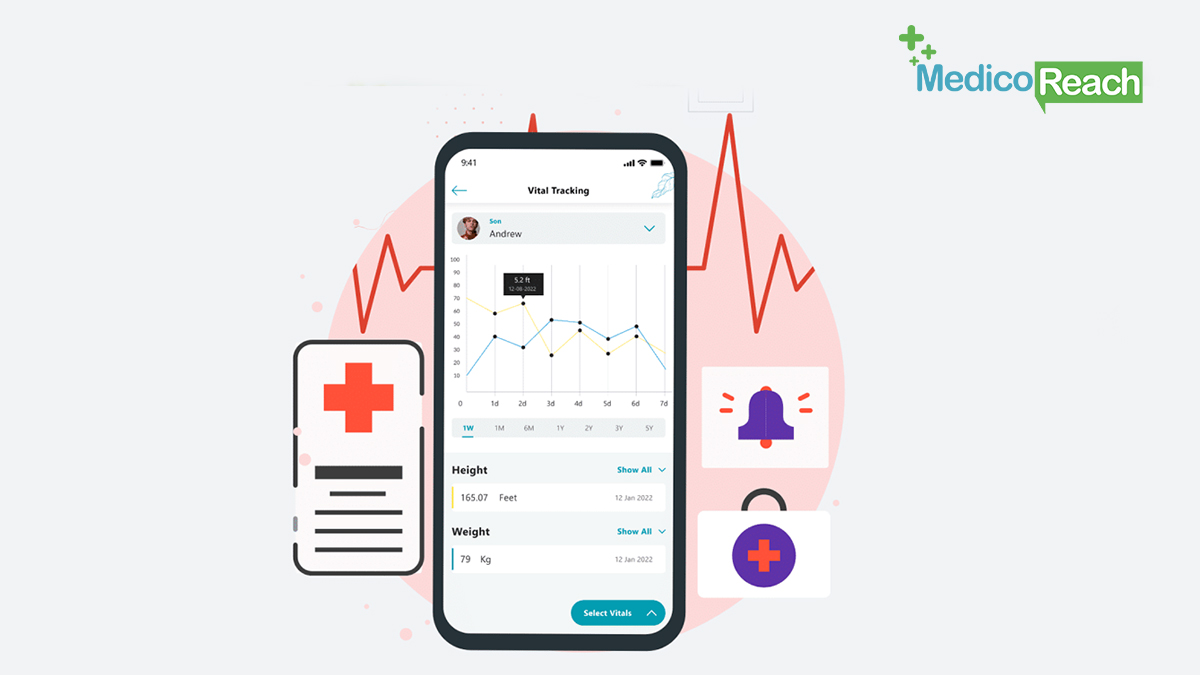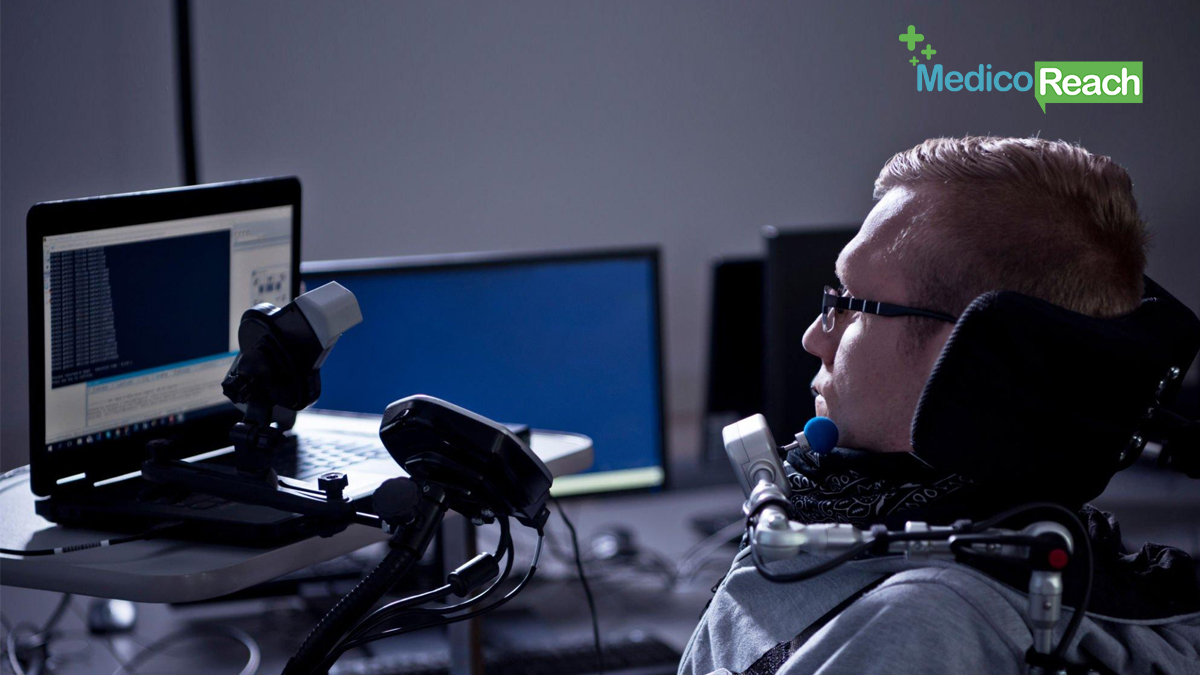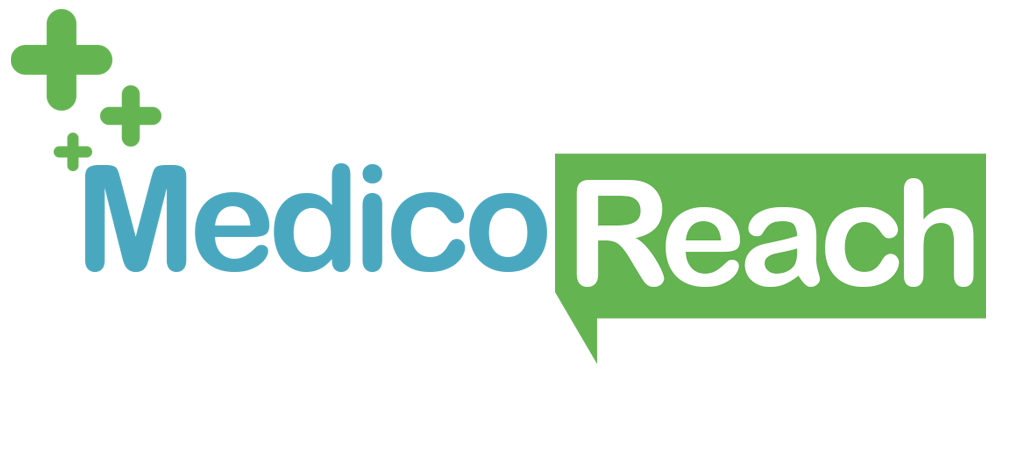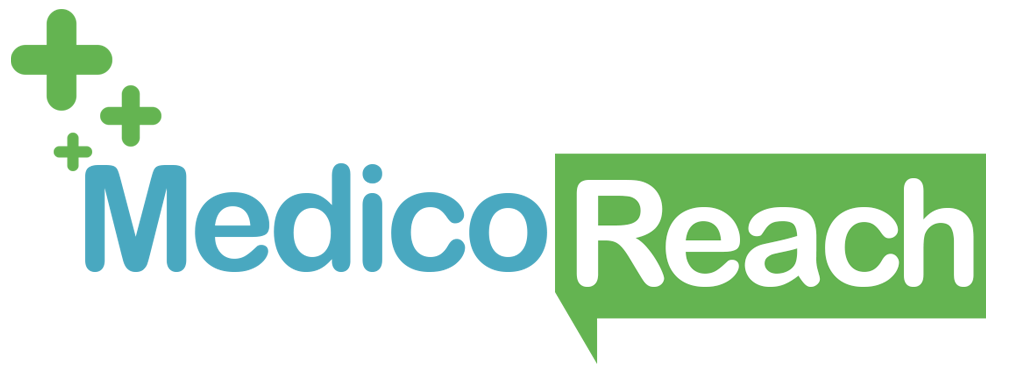Telemedicine, cloud computing, big data, and 3D printing are well-known technologies in the healthcare sector. However, if you are an organization associated with the medical domain, there is another intriguing application to explore.
Assistive technology in healthcare is a promising yet comparatively less leveraged resource in today’s era. Experts project this tech segment to surpass a whopping USD 28 billion mark by 2028.
With a broad scope of products and software in this sector, companies must capitalize on its exponential growth.
This blog explains the scope, existing, and future healthcare applications that fall under this fascinating technology.
Understanding Assistive Technology in Healthcare: A Quick Glance
In simple terms, assistive technology includes products, systems, and software that help disabled people carry out their routine tasks.
Here are some of the well-known examples of devices that fall under this category:
- Hearing aids
- Wheelchairs
- Memory aids
- Optical gadgets
- Prostheses
With over a billion people experiencing different disabilities, assistive technology in healthcare has become a vital investment facet.
Future Scope of Assistive Technology
At this time, the US is home to numerous promising start-ups in the healthcare domain. Hence, several companies are contributing to developing cutting-edge assistive technology systems.
1. The Application of Implantable Brain-Computer Interfaces (BCI)

The main aim of BCI is to act as a communication pathway between a device and the brain’s electrical signals.
This technology is in clinical trials for mass implementation. With an array of professional medical device companies, BCIs can enhance the routine activities of patients with neuromuscular disorders and injuries due to accidents. Synchron and Neuralink are prominent names in this area of assistive technology.
2. The Ever-growing Scope Of 3D Printing
Some of the prominent 3D printing applications for assistive technology in healthcare are:
- Personalized wheelchairs
- Prosthetic limbs
- Hemostats
- Adaptive skateboards
- Customized canes
The future for such devices is bright due to rapid advancements in prototyping technology and software ergonomics.
Currently, institutes like Hiroshima University, Humanity & Inclusion, and companies like Not Impossible Labs are working on such assistive technology products.
Businesses associated with the healthcare sector can thus look into such developments. With the refinement in 3D printing output, exploring such a sub-domain can prove lucrative.
3. Rise Of AI-based Assistive Technology in Healthcare

Artificial intelligence (AI) devices can boost the nature of assistive technology in the future. At this time, the following gadgets are trending in the medical domain:
- Fertility cycle trackers
- Diabetic-tacking sweat meters
- Project Guideline
Certain smartphone applications use AI to help individuals track their medical-oriented parameters. For instance, the Flo App is a suitable example of AI-based assistive technology in healthcare.
These examples clearly portray the immense scope of artificial intelligence in shaping the future of assistive technology in healthcare. Notably, AI can help the disabled as well as people without disabilities to track their medical parameters.
4. Exciting Scope for Enhanced Patient Communication

Assistive technology has a promising scope in future due to new medical innovations in healthcare industry related to patient communication.
Solutions like communication software, voice amplification aids, and speech-generating devices are perfect examples of such cutting-edge technology. In terms of future scope, such gadgets and solutions can become more sophisticated with the help of nanomaterials and sensors.
At this time, renowned universities like the Massachusetts Institute of Technology are working on assistive communication solutions. A suitable example is a stretchable device that can detect a person’s facial movements. This device can create relevant phrases to help the disabled communicate through a processing unit.
Businesses can work in this intriguing domain to develop products and solutions focusing on fluent patient communication.
Challenges of Assistive Technology in Healthcare Industry
At this time, assistive technology promises several opportunities to the following organizations:
- Healthcare technology companies
- Schools and universities
- State governments
- Rehabilitation centers
- Communication firms
Still, some significant challenges can slower its steep rise.
With a lack of national policy related to such technologies, it becomes difficult for businesses to launch new products. In addition, the emerging nature of this sector limits it mainly to high-income countries.
Such limitation hinders the mass growth of assistive technology in healthcare. Most nations have poor service provisioning measures in place. So, people with disabilities find it difficult to avail themselves of such innovative products and services.
Finally, healthcare professionals need to gain adequate training in assembling, using, and offering relevant advice to the end user. However, companies can resolve this practical challenge by launching highly ergonomic solutions and easily accessible training material.
In A Nutshell
Post-pandemic, investment in healthcare has seen decent growth. With governments emphasizing building a robust medical infrastructure, aspects like assistive technology can also improve drastically.
New developments in this domain hover around AI, 3D printing, BCI, and communication technologies. Still, this industry’s vast scope and significance make it a profitable venture for many start-ups.
In addition to the main advancements, solutions like VR rehabilitation, Bluetooth hearing devices, and robotic gadgets are notable mentions. So, it can be interesting to unravel such valuable tools and software to augment the life of several patients.
Overall, assistive technology in healthcare can become a boon for marketers, who wants to invest in such Industry.











